Ecbatana (Hamadan)
Q696193Ecbatana (Old Persian Hagmatana, "gathering place"): main settlement of the Medes, modern Hamadan.
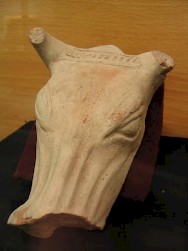
According to the Histories of the Greek researcher Herodotus of Halicarnassus, Ecbatana was founded by one Deioces, the legendary first king of the Medes. Herodotus writes:
Deioces bade them build for him a palace worthy of the royal dignity and strengthen him with a guard of spearmen. And the Medes did so: for they built him a large and strong palace in that part of the land which he told them [...]. He built large and strong walls, those which are now called Ecbatana, standing in circles one within the other. And this wall is so contrived that one circle is higher than the next by the height of the battlements alone. And to some extent, I suppose, the nature of the ground, seeing that it is on a hill, assists towards this end; but much more was it produced by art, since the circles are in all seven in number. And within the last circle are the royal palace and the treasure-houses. The largest of these walls is in size about equal to the circuit of the wall round Athens; and of the first circle the battlements are white, of the second black, of the third crimson, of the fourth blue, of the fifth red: thus are the battlements of all the circles colored with various tints, and the two last have their battlements one of them overlaid with silver and the other with gold. These walls then Deioces built for himself and round his own palace, and the people he commanded to dwell round about the wall.note
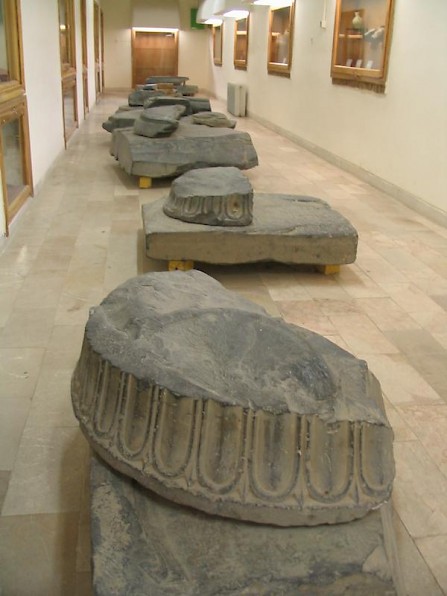
This is clearly a fantastic account, but it may contain an element of truth. The story about the seven walls has been interpreted as a description of a ziggurat, a multi-storied temple tower that was common in the ancient Near East. This explanation, however, is far from certain. Only archaeology will be able to offer a reliable description of ancient Ecbatana, but since most of the site is currently overbuilt by modern Hamadan, this will be difficult.
For the time being, we can only check texts, and one of the most interesting ones is the Chronicle of Nabonidus, which describes the downfall of the last Median king:
King Astyages called up his troops and marched against Cyrus, king of Anšan [i.e., Persis], in order to meet him in battle. The army of Astyages revolted against him and delivered him in fetters to Cyrus. Cyrus marched against the country of Ecbatana; the royal residence he seized; silver, gold, other valuables of the country Ecbatana he took as booty and brought to Anšan.
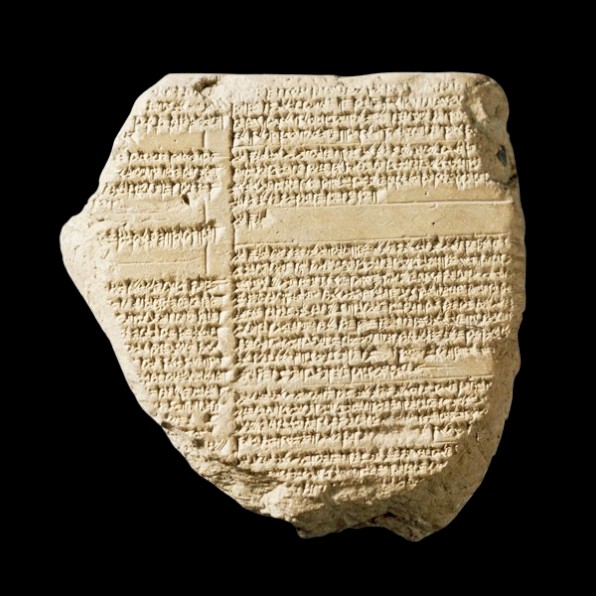
"The country of Ecbatana", the tablet says, where we would have expected "city". This requires an explanation. Cuneiform texts are very complex, and to make them easier to understand, the writers added little signs to indicate what the next word would be. In this case, the sign KUR ("country") is added to the word Ecabatana (A-gam-ta-nu), and not URU ("city"). This suggests that a Babylonian author did not recognize Ecbatana as a city in the normal sense of the word. This may have been prejudice - from a Babylonian point of view, the Medes were backward mountain nomads - but in fact his words do not contradict Herodotus, who describes a monumental building and adds that "the people were dwelling round about the wall". The settlement may, originally, have been a walled palace (or a ziggurat) on the fertile plain, which was used, as the name indicates, as the "meeting place" of the Medes.

Whatever its nature, the settlement remained a focus of Median political life. In December 522, a Median leader named Phraortes, making use of a crisis in the Persian Empire after he death of Cyrus' son Cambyses, occupied Ecbatana. Obviously, it was of tremendous symbolic value. He was defeated, however, by the new Persian king, Darius I the Great (May 521), who celebrated this victory and other events in the large relief and inscription that he ordered to be made along the road from Babylon to Ecbatana: the famous Behistun inscription.
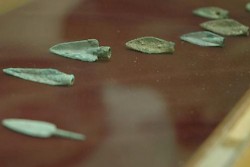
According to the Greek historian Xenophon of Athens (c.430-c.355), Ecbatana became the summer residence of the Achaemenid kings (Anabasis, 3.5.15). Their palace is described by the Greek historian Polybius of Megalopolis.note He writes that the city was richer and more beautiful than all other cities in the world; although it had no wall, the palace, built on an artificial terrace, had impressive fortifications. Polybius offers plausible dimensions: the circumference of the citadel was seven stades in circumference, about 1250 meters. In other words, we have a palace on a terrace of about 300x300 meters, which is comparable to Persepolis and Susa, where the terraces measured 450x300 and 300x300 meters, and where the people lived round about the terrace.
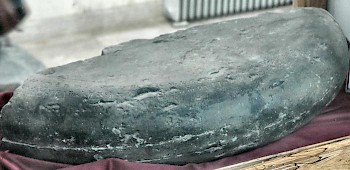
Polybius also tells that the builders used cedar and cypress wood, which was covered with silver and gold. The roof tiles, columns and ceilings were plated with silver and gold. He adds that the palace was stripped of its precious metals in the invasion of the Macedonian king Alexander the Great, and that the rest was seized during the reigns of Antigonus and Seleucus.
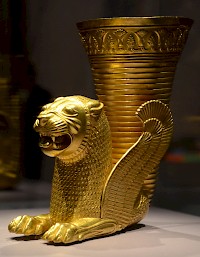
An inscription, discovered in 2000, mentions that king Artaxerxes II Mnemon (404-358) built a terrace with columns in Ecbatana. These are not the only texts that show us that Achaemenid kings visited the place. Twelve kilometers southwest of Hamadan is Gandj Nameh, where Darius I and his son Xerxes had inscriptions cut into the rock.
Polybius mentions a temple dedicated to the goddess Aenê, who is probably identical to Anahita,note and Arrian mentions a deity of healing, whom he calls Asclepius.note This shrine was perhaps destroyed by Alexander the Great, because the deity had allowed his friend Hephaestion to die in Ecbatana (324).
Later, Ecbatana was one of the capitals of the Seleucid and the Parthian Empires, sometimes called Epiphaneia. Recent excavations have brought to light a residential area from the Parthian age, which will be discussed on the next page.
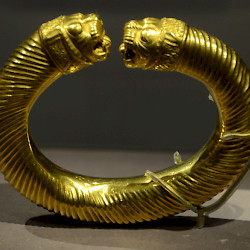 Hamadan, Achaemenid torque |
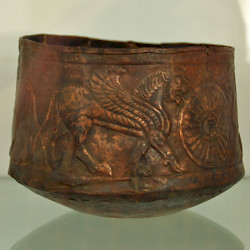 Hamadan, Achaemenid cup with relief of a winged lion |
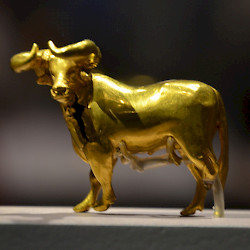 Hamadan, Achaemenid statuette of a bull |
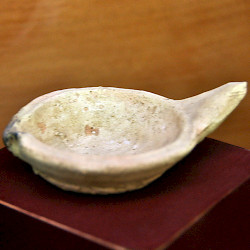 Hamadan, Parthian oil lamp |